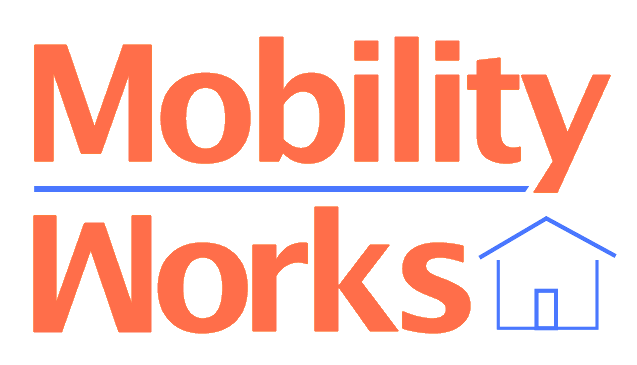Summer can’t come quickly enough. The cold winter weather keeps Elijah from meeting the other boys in his new neighborhood. In the meantime Elijah plays big brother to his seven-year-old sister and focuses on school, which appears to be working as his grades continue to show improvement. As this sixth grade future pilot realizes, solid grades will help him excel.
While much has changed in this country for young African American males since the days of the Tuskegee Airmen, too much has stayed the same. As the Tuskegee Airmen returned home in the mid-1940s to 1950s, they reestablished in their respective segregated neighborhoods. These were neighborhoods where African American residents were held at bay from bustling city centers, where public housing expressly for African Americans was sited, where levies were a stone’s throw away and where heavy industrial factories operated and toxins abound. They were places long referred by many as “home” yet proverbially on the other side of the tracks. They were like the segregated neighborhoods of Dallas where predominantly African American and Hispanic blocks were uncoincidentally poor. They were like the segregated neighborhoods of Dallas where the same blocks, thirty-years later, remained isolated with ninety percent (90%) people of color (African American, 60%; Hispanic, 30%) and thirty-two percent (32%) households below poverty.
Over sixty years after the Tuskegee Airmen’s return stateside and well into the new millennium, an overwhelming percentage of African American children remain segregated in some of the highest poverty neighborhoods in Dallas. Neighborhoods such as the one earlier mentioned continues to hosts segregation with ninety percent (88%) people of color (African American, 60%; Hispanic, 28%) and over sixty percent (60.2%) persons at or below poverty according to 2010 Census figures.
For some families with children, housing choice vouchers is a way out of segregation and a means to better resourced neighborhoods free from blight. But too many of these housing searchers find few options outside voucher submarkets, where an overwhelming number of units are leased by voucher holders further concentrating neighborhood poverty. Those who possess voucher subsidies that reflect real-world rental prices and family income, have fared better than others. Of these, housing searchers who also take advantage of housing mobility counseling tend to fare even better.
With the help of housing mobility counseling, small area fair market rents, and a mother who decided to exercise her fair housing choices, Elijah has no recollection of the high poverty Dallas neighborhood that he left when he was a toddler. While making the choice to move to a higher opportunity area, Elijah’s mother left her segregated home where over twenty-four percent (24.8%) of the residents were at or below poverty.
Prompted by growing unmet repair needs, Elijah’s family recently moved from their suburban unit where poverty was four percent (4%) to one where it is just over two percent (2.6%). In both neighborhoods, Elijah and his siblings have been in areas zoned with high performing schools. Both areas’ elementary schools “met standards” in 2014 according to the Texas Education Agency and the zoned high schools both had four-year graduation rates above ninety percent (90%). While Black populations in both of his neighborhoods were below fifteen percent (15%), Elijah’s mother accessed units in a way that mothers of the Tuskegee Airmen could never imagine during the World War II era. Elijah’s mom looks forward to her son playing outside when the weather permits because she knows that, in Elijah’s words, he likes “fun, community and friends”. In the words of Langston Hughes, Elijah too “sing[s] America”.*
*http://www.poets.org/poetsorg/poem/i-too-sing-america
11/4



